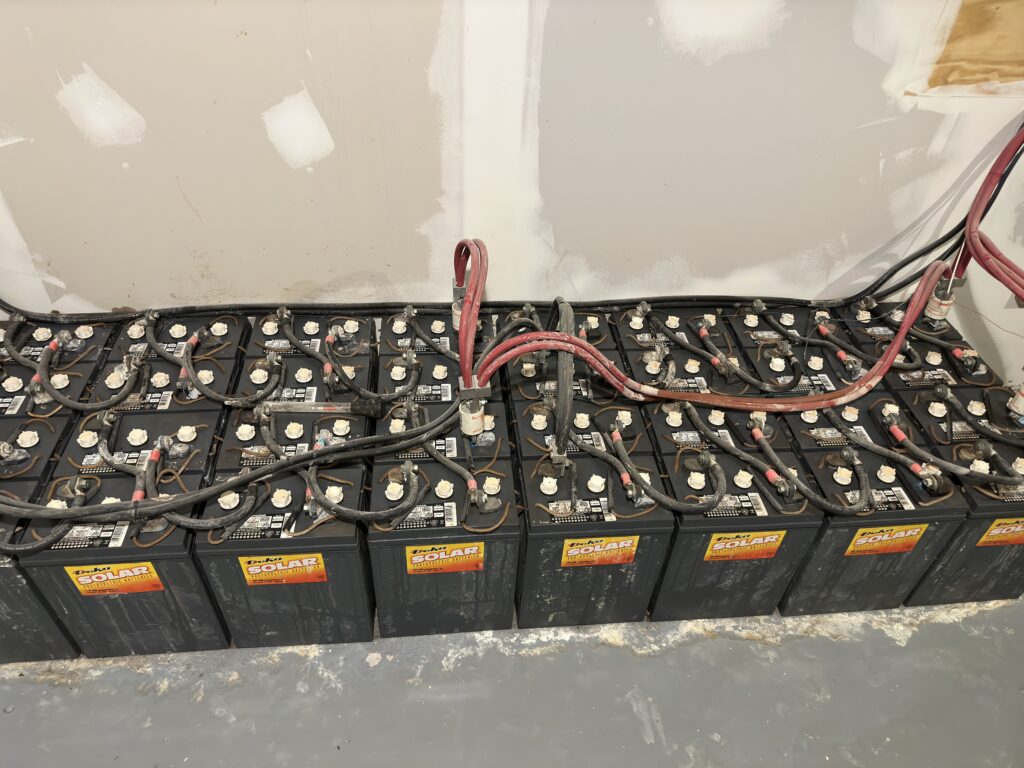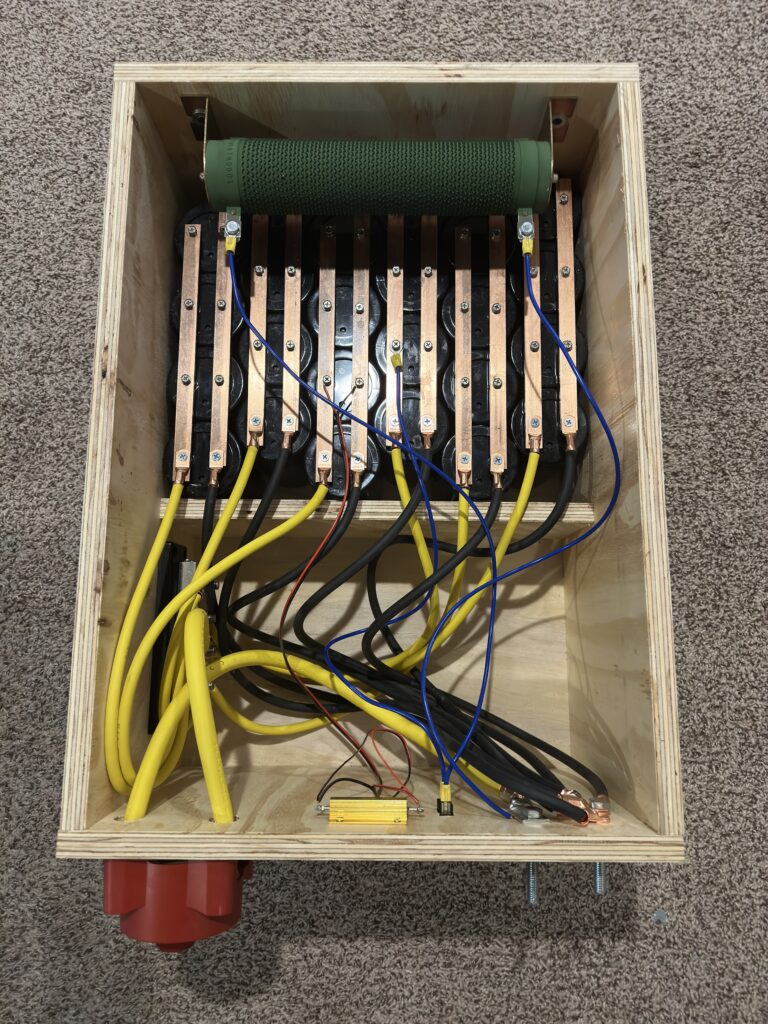Home Power System Migration from Lead Acid to Lithium Ion
I love a lot of things about where I live, unfortunately stable power is not one of them. I have not had many long outages over the last 10 years, but I do get quick few second outages about 2 – 3 times a month. Since I am a tech guy and have a lot of gear that is a problem so when I built my house I built a fairly extensive power system, that includes 63 solar panels into 4 Outback FM80 charge controllers along with 3 parallel Outback GS8048 8000W inverters. For batteries I went with 32 Deka 8L16 6V solar batteries.

They lasted me about 10 years before they were unable to keep my base load up during even short outages. One thing I hated about lead acid was the very limited number of discharge cycles of less than 1000. So I decided to upgrade to lithium-ion LiFePo4 to be specific, supporting over 6000 cycles. I ordered 3 TAICO 51.2V 200 Ah 10.24 KWh battery packs from China. Took a while to get by boat, but I replaced my Solar batteries and then cut mains, and to my surprise, the whole house went dark.

It turns out that if, for example, you have a 10 KW AC load, you may need only ~200 AMPs, well under the 600 Ah packs; the draw for a very, very short period of time is in the thousands of amps! Lead acid batteries have no problem with this, but lithium-ion Battery Management Systems (BMS) are designed to protect the cells. They will disconnect the battery based on limits that are often only 2 – 4 times the maximum Ah.
Outback sells GS8048A inverters that are designed to work with lithium-ion batteries, but replacing all my inverters was not in my budget. So, I had to come up with a way to solve this problem without breaking the bank.
I needed a way to supply thousands of amps DC for fractions of a second. I purchased twenty four 47,000 UF capacitors and connected them parallel to form a huge capacitor bank. To charge it and not trip my batteries, I used a 1000W 100 Ohm resistor. I also added a small 100W 20K bleeding resistor to bleed the bank when it’s not in use.
I have had over a dozen outages since I built this system, but they have had no impact on my output power!



No idea what any of this meant, but I read your whole article! Sounds like it works pretty well.